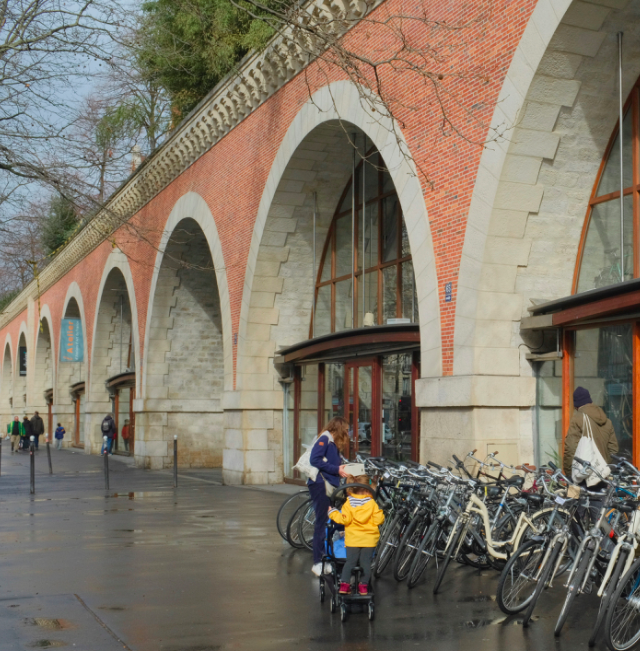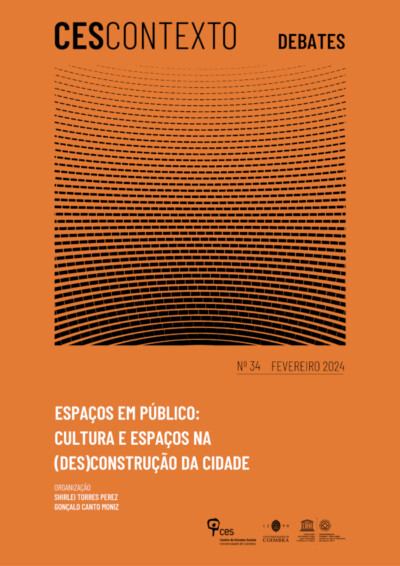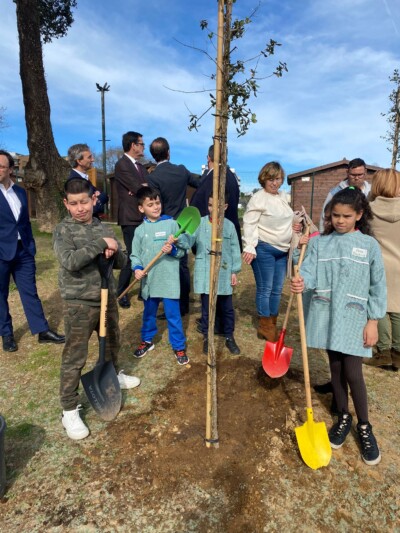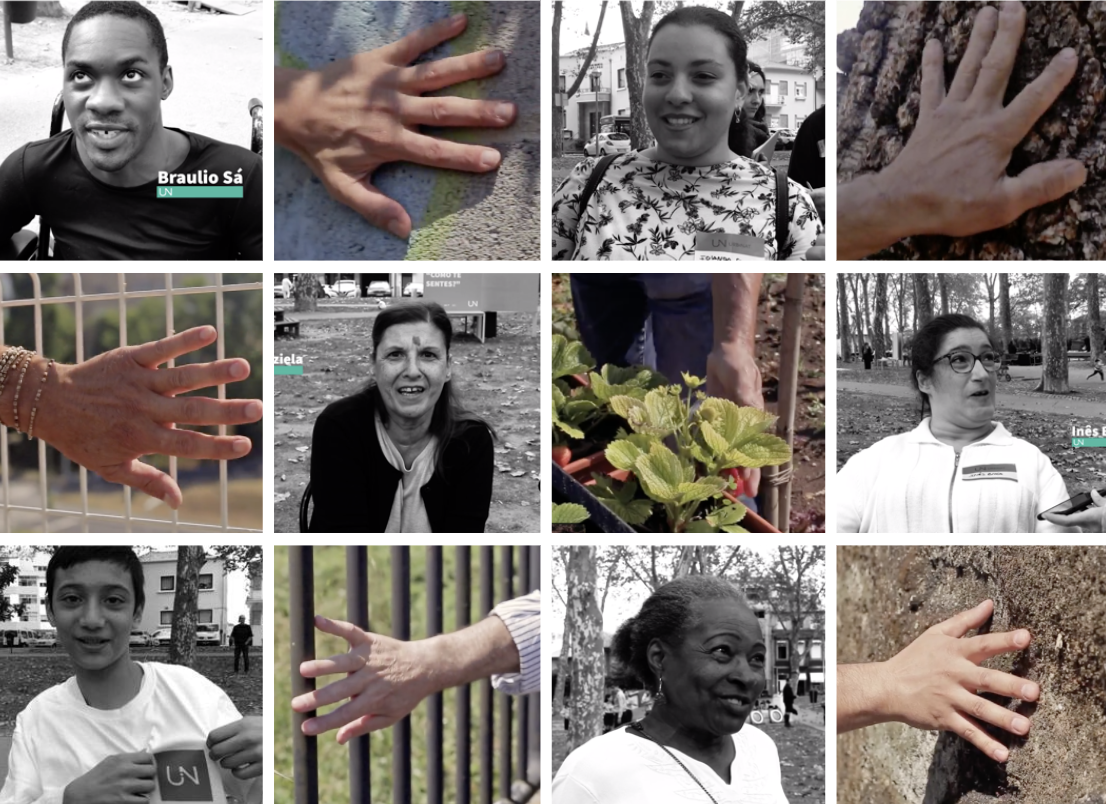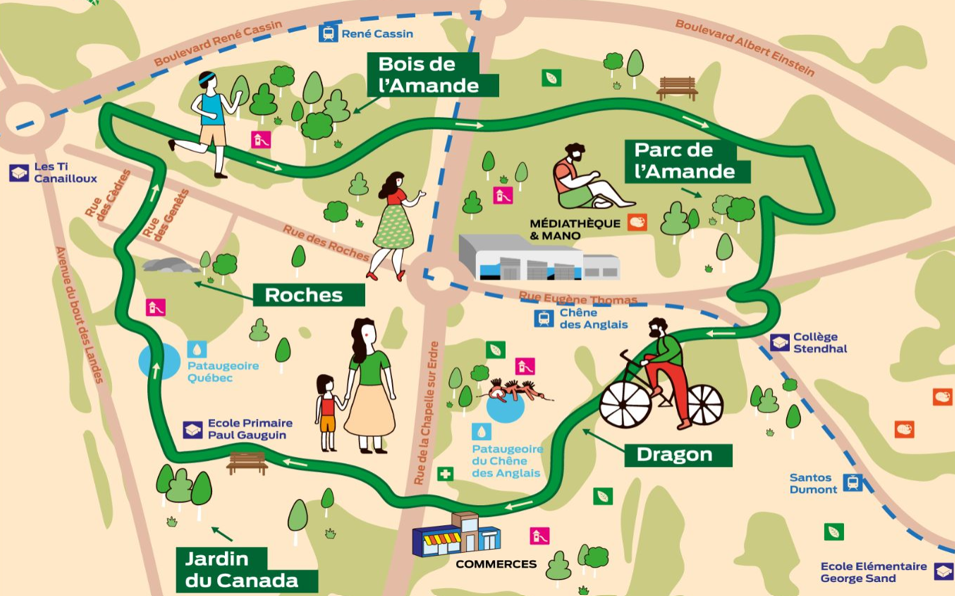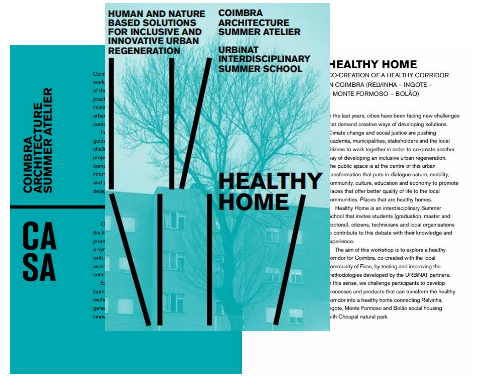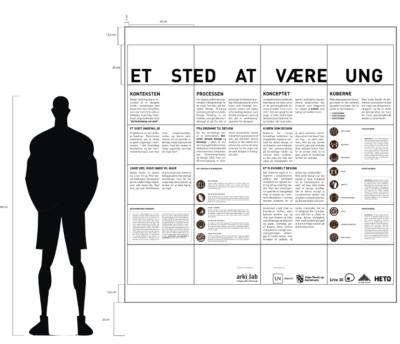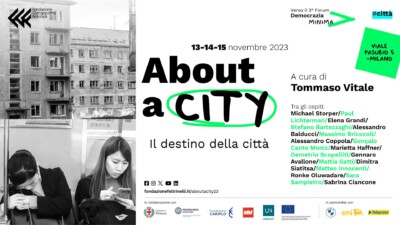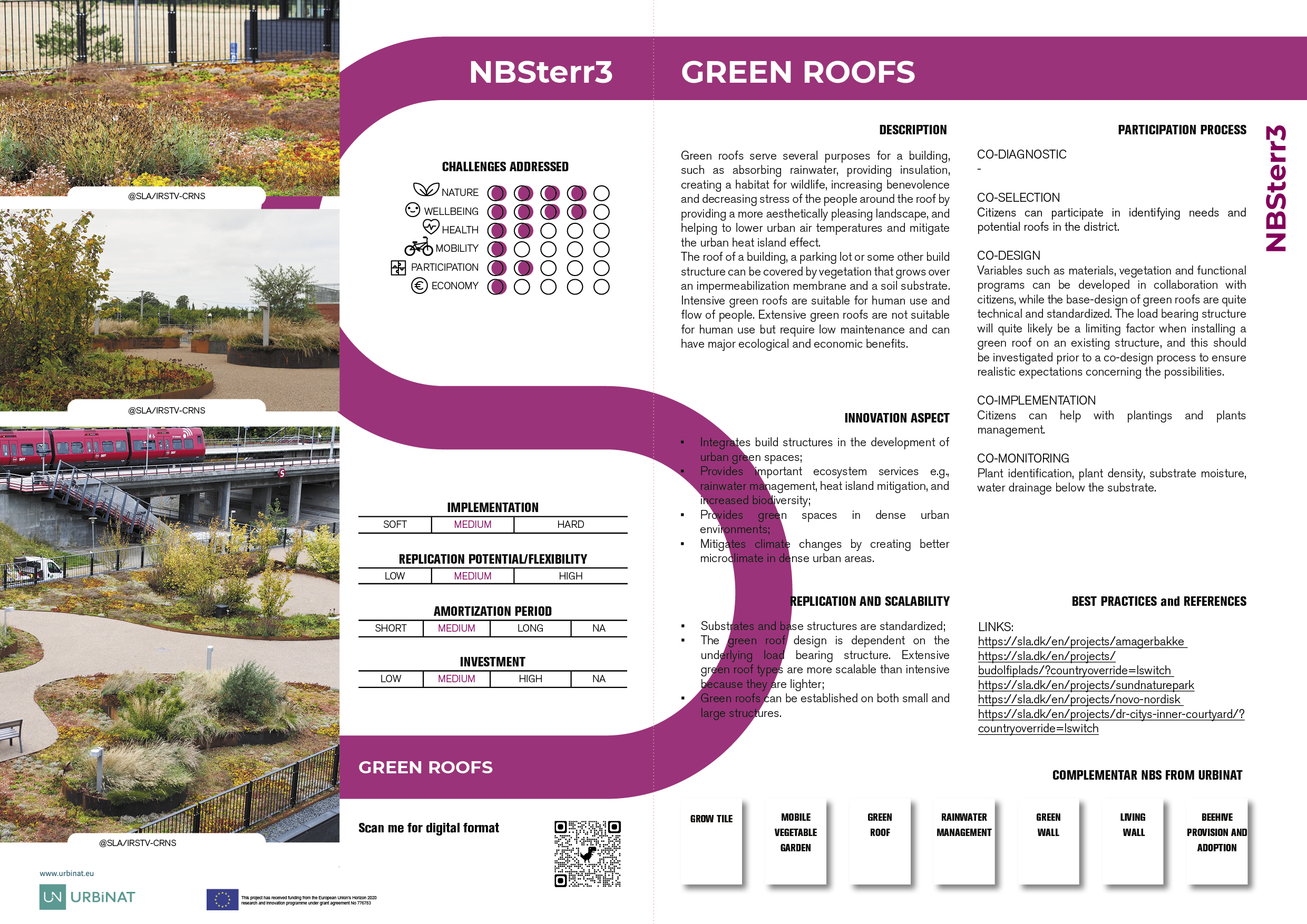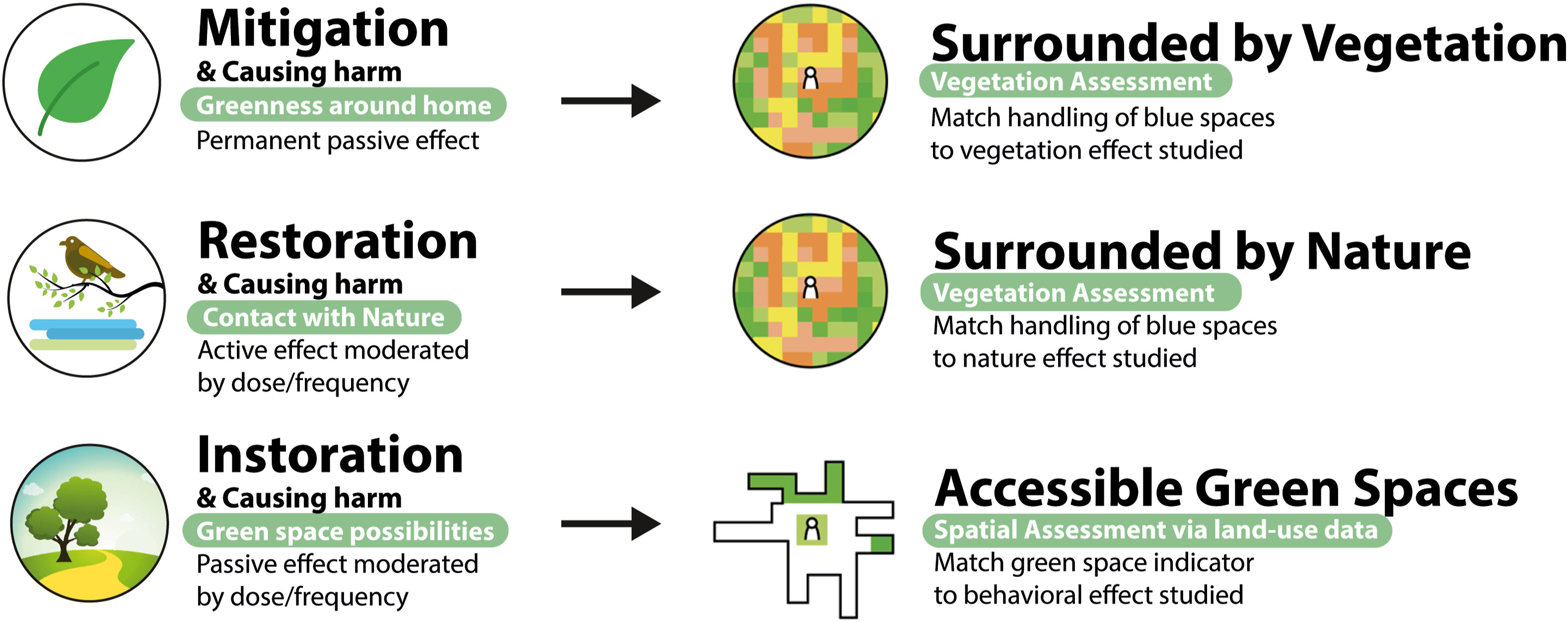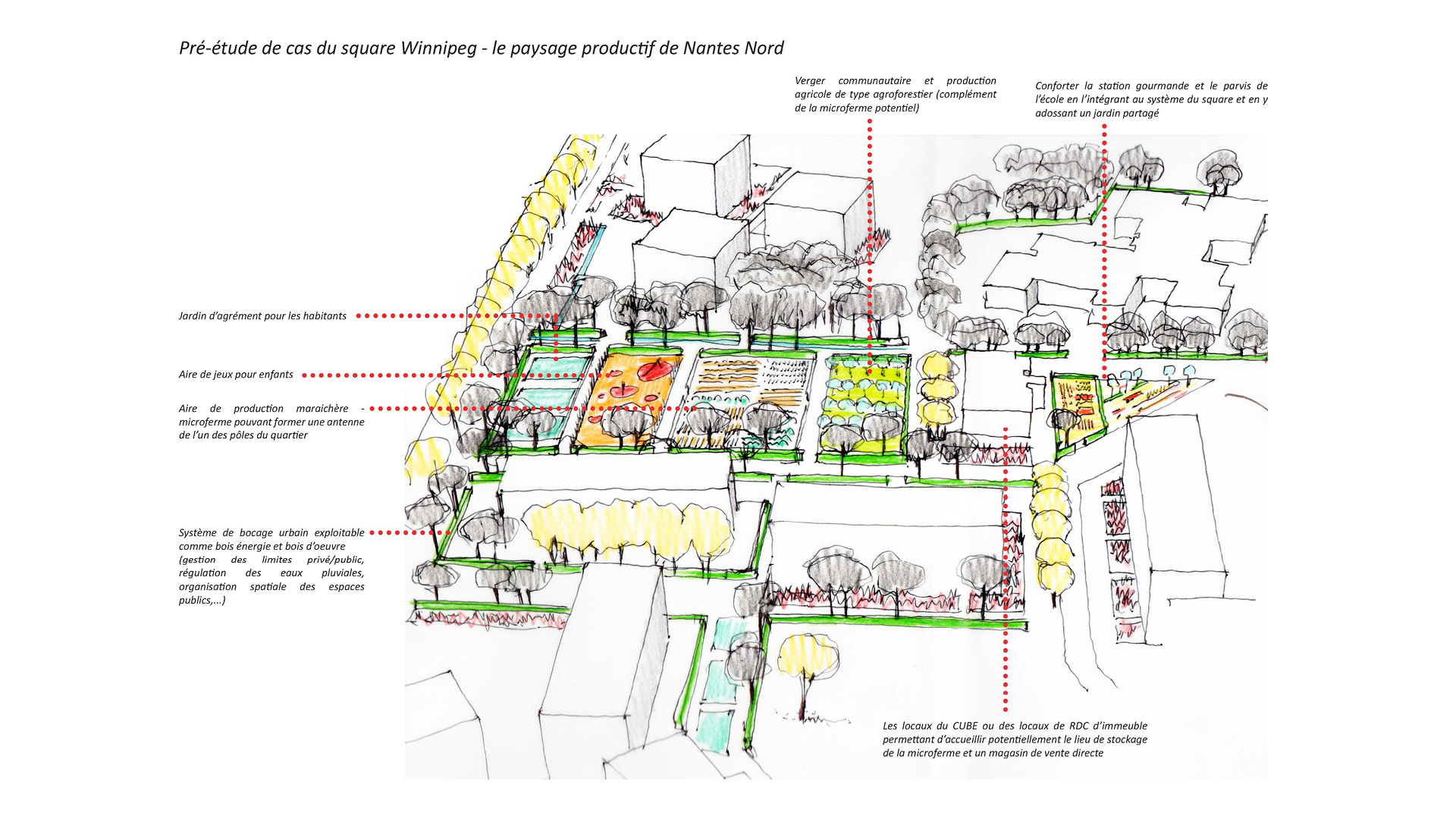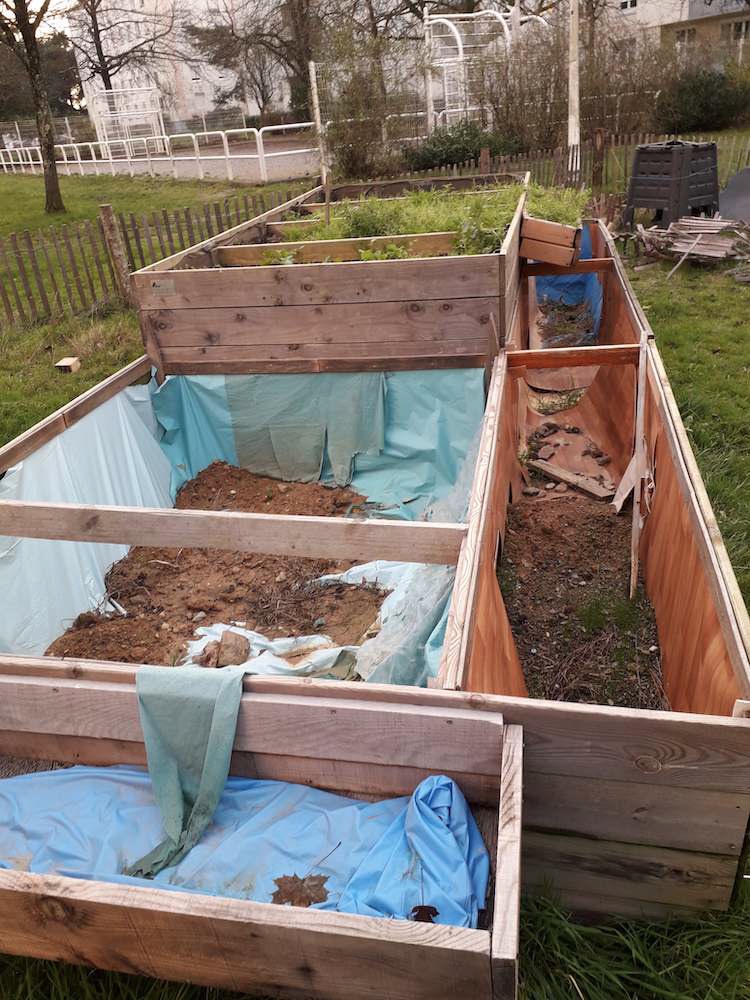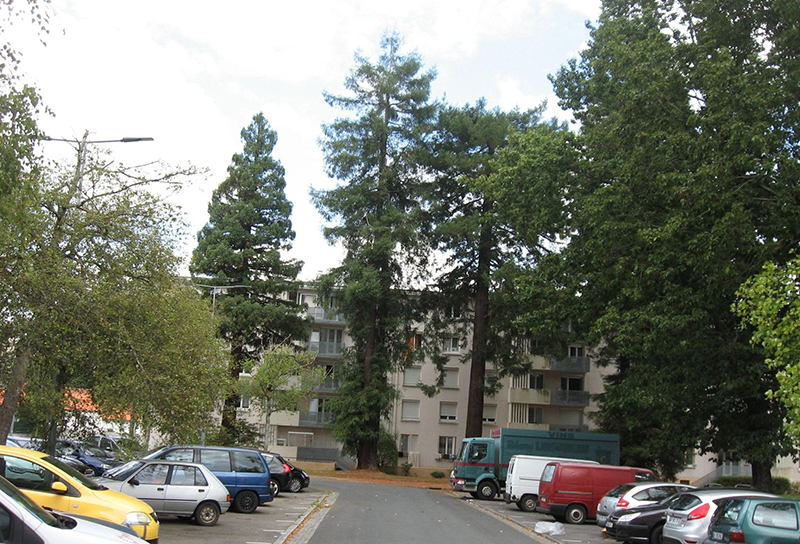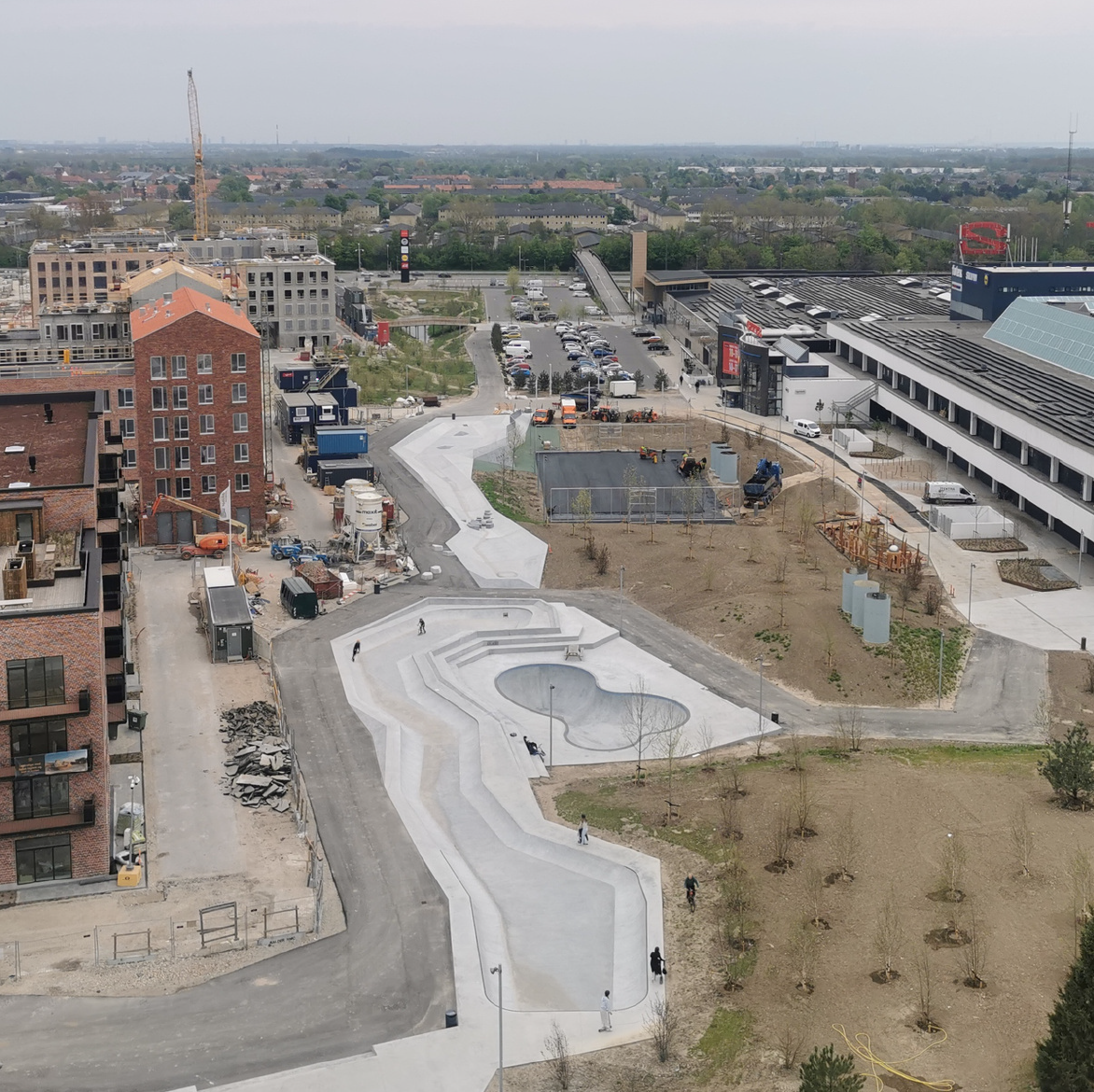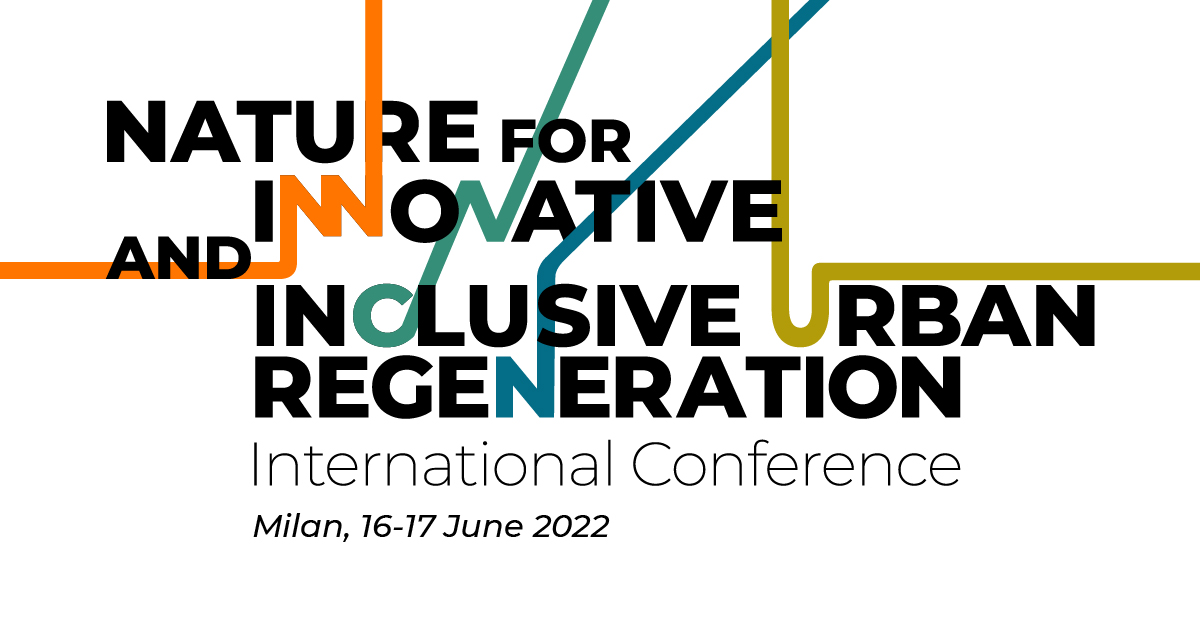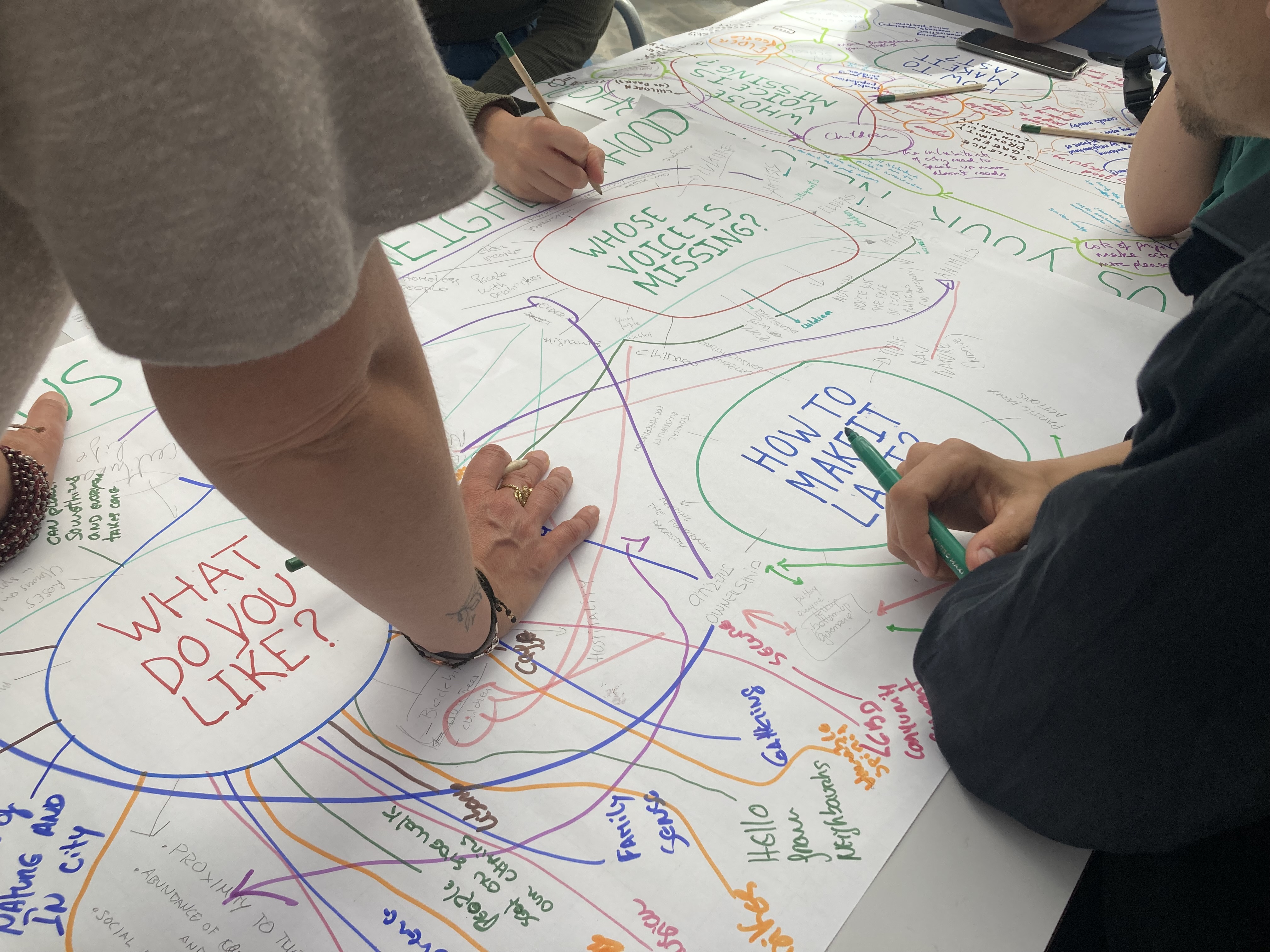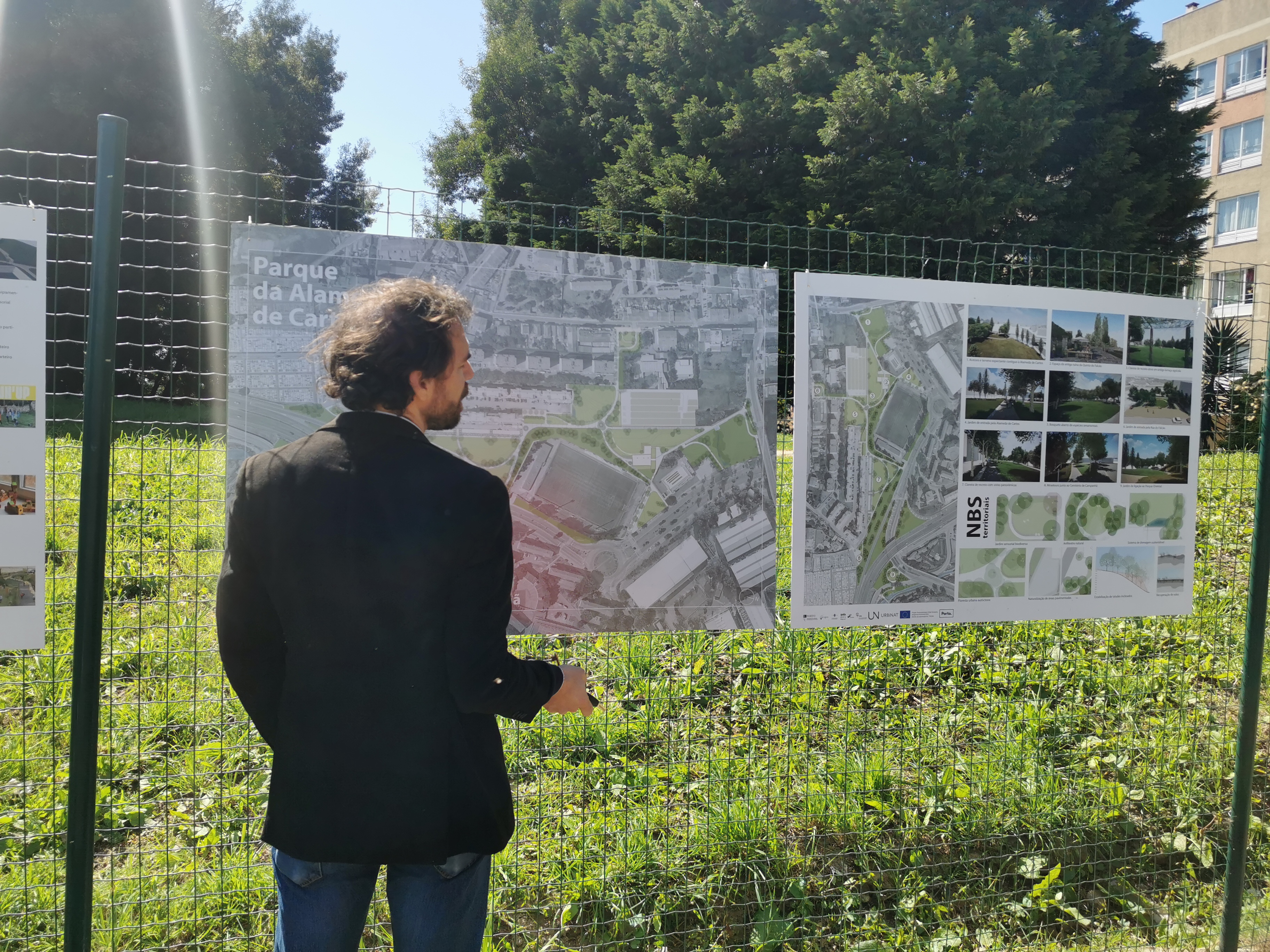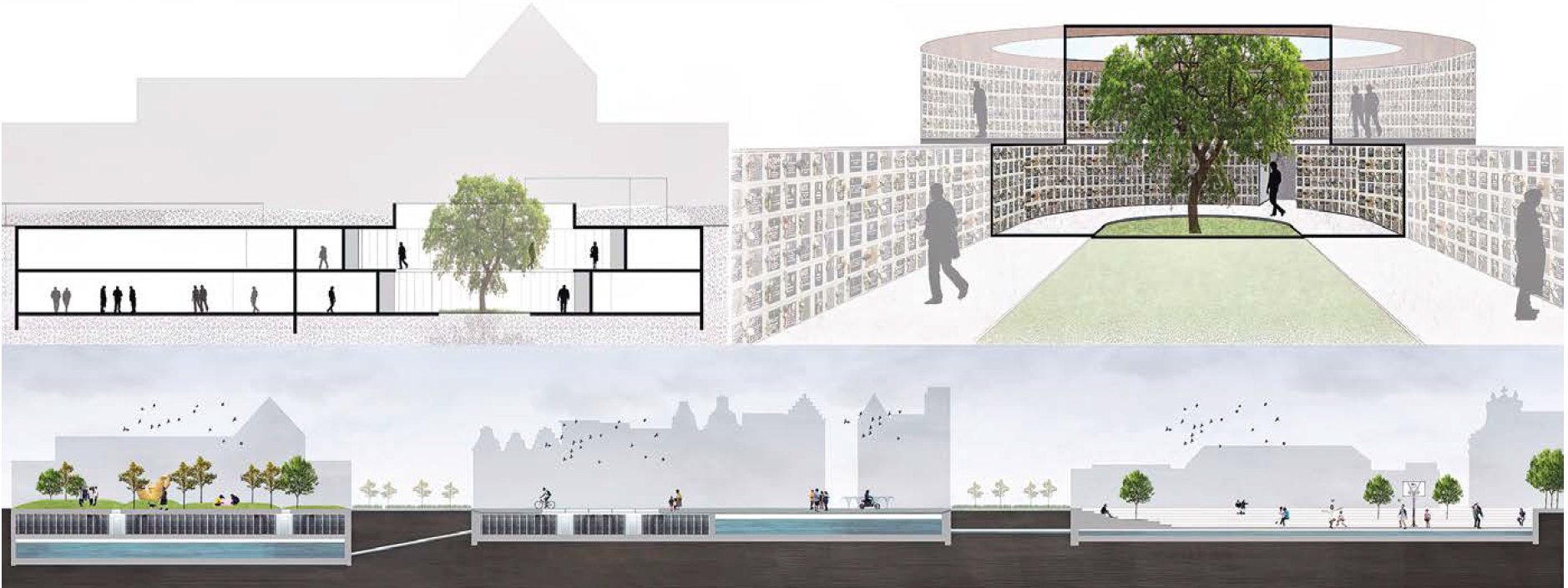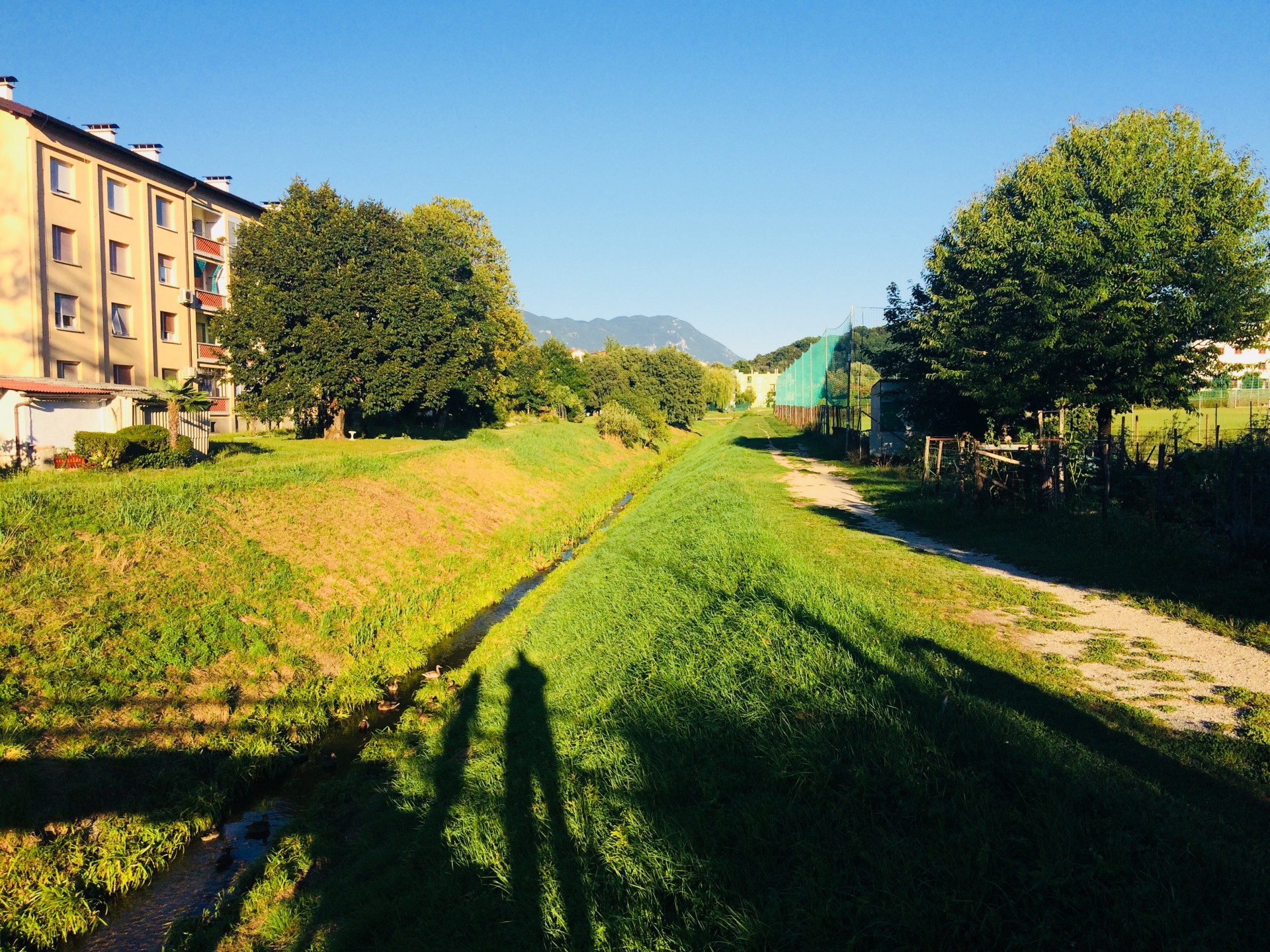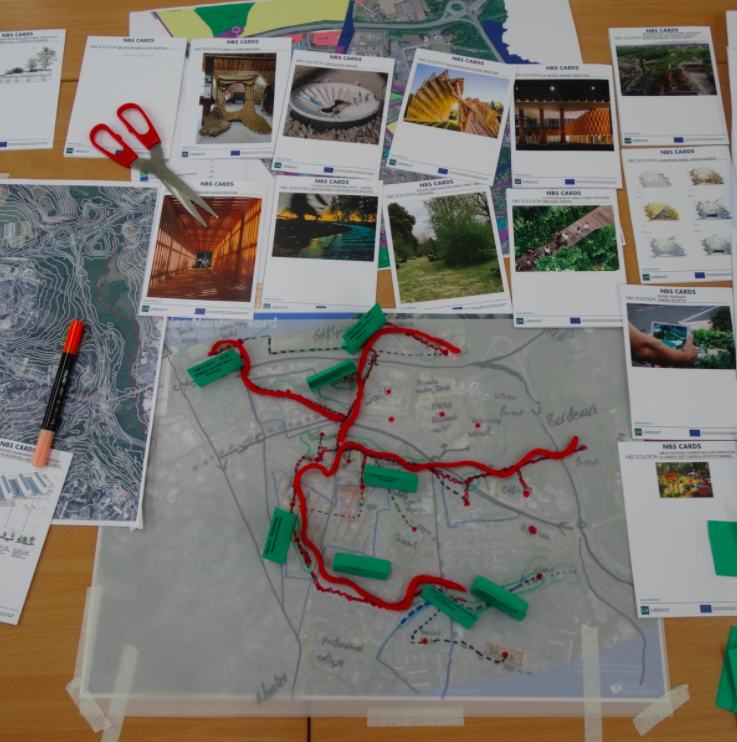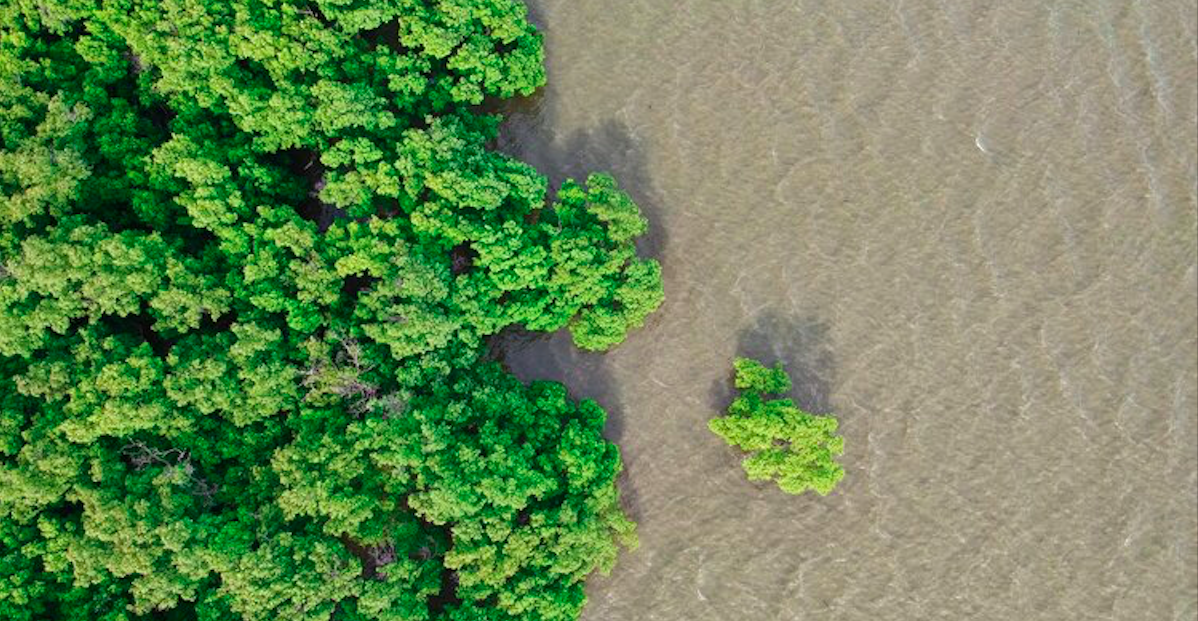Adaptive Reuse of Urban Network Space
CHALLENGES ADDRESSED
Score impact
Nature
Wellbeing
Health
Mobility
Participation
Economy
DESCRIPTION
Urban network space can be defined as the urban public domain, generally facilitated as transport infrastructure and/or pedestrian space and its ambiguous residual spaces (e.g. streets, pavements, bridges, tunnels, underground car parks). The NBS ‘adaptive reuse of urban network space’ implies alternative – nature inspired – uses and/or spatial adaptations of urban network space (e.g. unsealing surfaces, creating linear parks, redesigning for active mobility, [re]programming under bridge vaults or underground parking lots) or a time management of various temporary uses in these spaces (e.g. Ciclovia Bogota, temporary marketplaces, street festivals). The main goals of this NBS contain revitalisation of neighbourhoods, eliminating existing physical/social/cultural barriers, reducing emissions, increasing active mobility and solidarity economy.
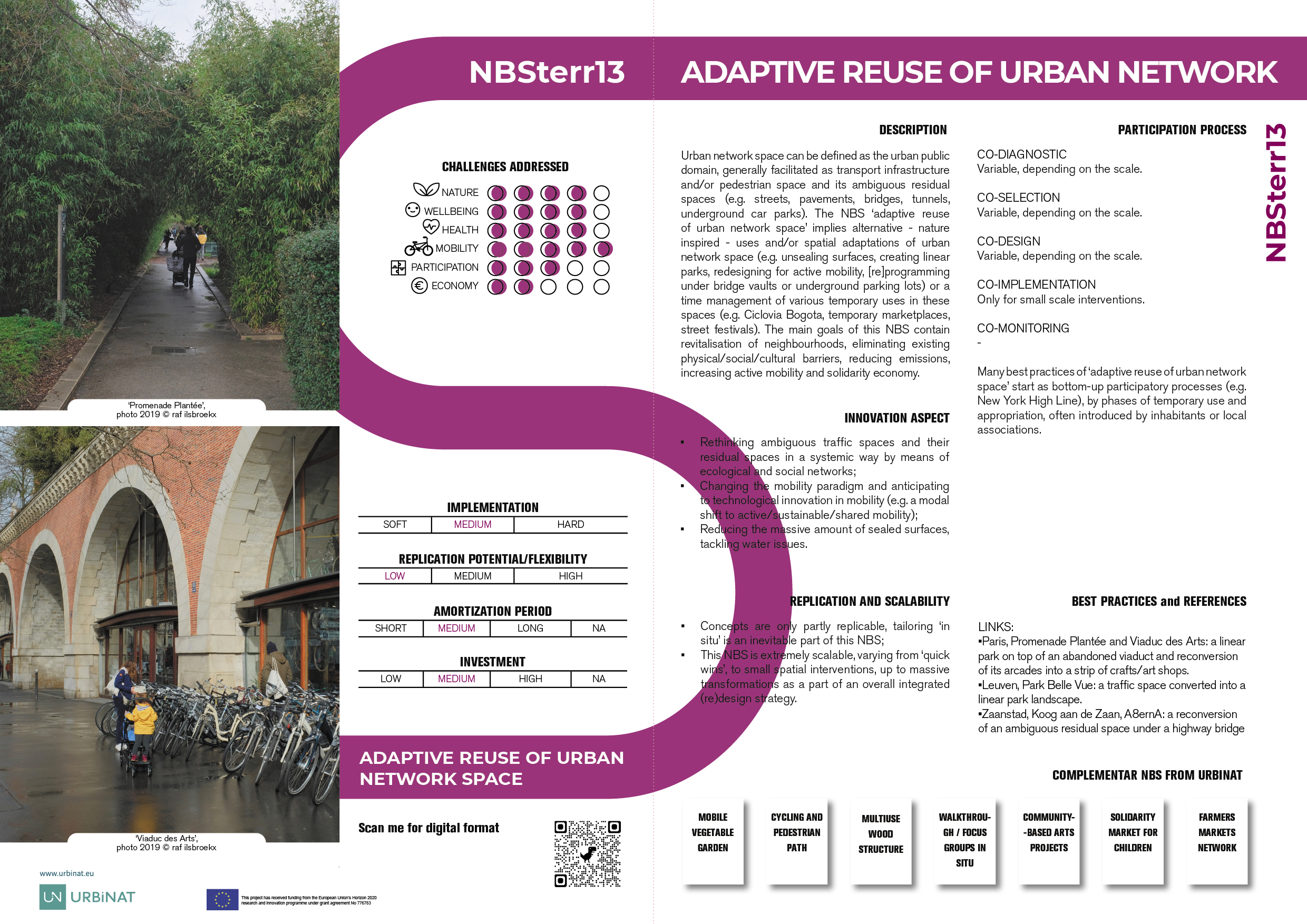
[NBS Card] Adaptive Reuse of Urban Network
Urban network space can be defined as the urban public domain, generally facilitated as transport infrastructure and/or pedestrian space and its ambiguous residual spaces (e.g. streets, pavements, bridges, tunnels, underground car parks). The NBS ‘adaptive reuse of urban network space’ implies alternative - nature inspired - uses and/or spatial adaptations of urban network space (e.g. unsealing surfaces, creating linear parks, redesigning for active mobility, [re]programming under bridge vaults or underground parking lots) or a time management of various temporary uses in these spaces (e.g. Ciclovia Bogota, temporary marketplaces, street festivals). The main goals of this NBS contain revitalisation of neighbourhoods, eliminating existing physical/social/cultural barriers, reducing emissions, increasing active mobility and solidarity economy.
INNOVATION ASPECT
- Rethinking ambiguous traffic spaces and their residual spaces in a systemic way by means of ecological and social networks;
- Changing the mobility paradigm and anticipating to technological innovation in mobility (e.g. a modal shift to active/sustainable/shared mobility);
- Reducing the massive amount of sealed surfaces, tackling water issues.
REPLICATION AND SCALABILITY
- Concepts are only partly replicable, tailoring ‘in situ’ is an inevitable part of this NBS;
- This NBS is extremely scalable, varying from ‘quick wins’, to small spatial interventions, up to massive transformations as a part of an overall integrated (re)design strategy.
PARTICIPATION PROCESS

-
1
CO-DIAGNOSTIC
Variable, depending on the scale.
-
2
CO-IMPLEMENTATION
Only for small scale interventions.
-
3
CO-MONITORING
Many best practices of ‘adaptive reuse of urban network space’ start as bottom-up participatory processes (e.g. New York High Line), by phases of temporary use and appropriation, often introduced by inhabitants or local association.
Best Practices & References
LINKS:
- Paris, Promenade Plantée and Viaduc des Arts: a linear park on top of an abandoned viaduct and reconversion of its arcades into a strip of crafts/art shops.
- Leuven, Park Belle Vue: a traffic space converted into a linear park landscape.
- Zaanstad, Koog aan de Zaan, A8ernA: a reconversion of an ambiguous residual space under a highway bridge


